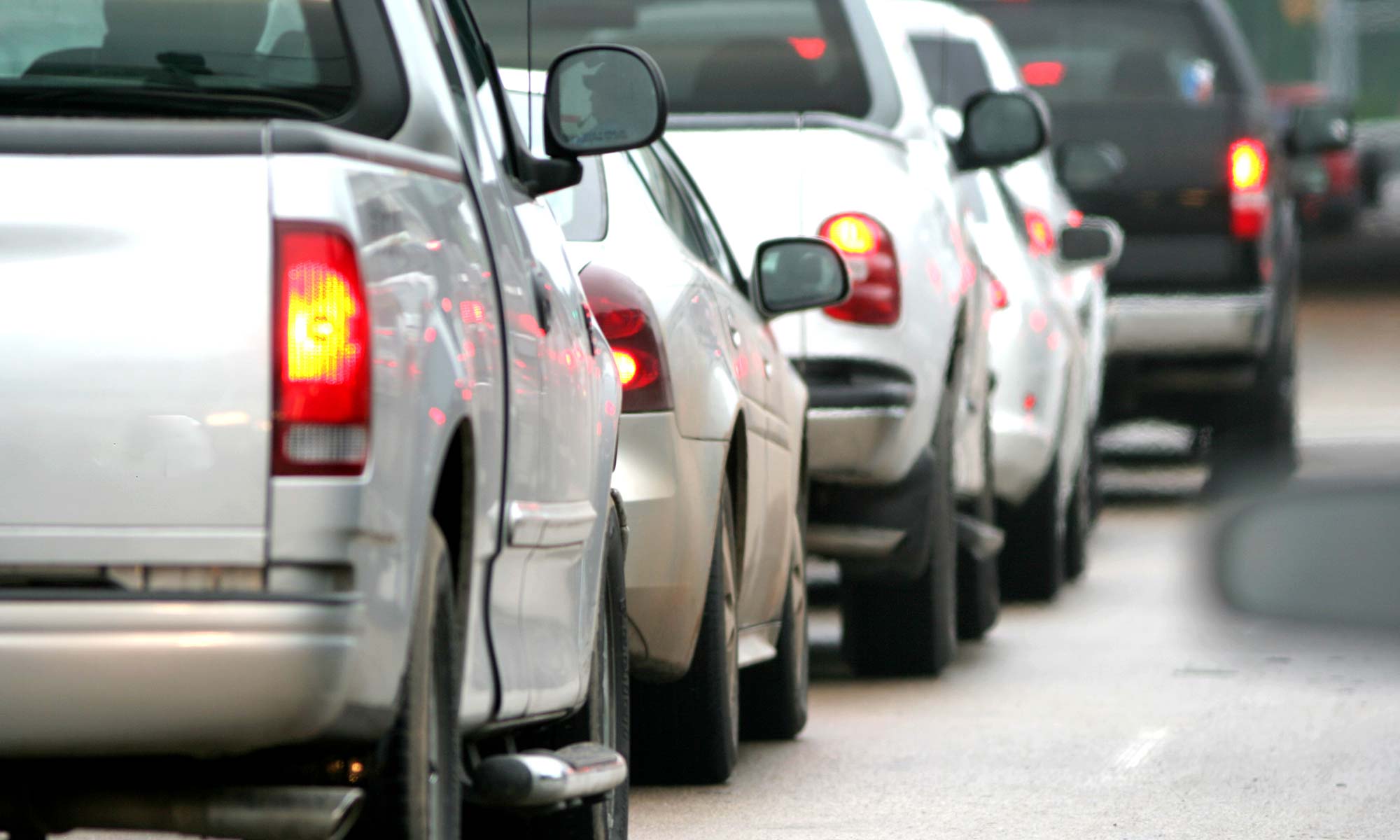Bumper-to-Bumper Coverage in Insurance Policies

Bumper to bumper story – Bumper-to-bumper coverage is a comprehensive type of car insurance that provides protection for a wide range of damages to your vehicle. It covers repairs or replacements for damages caused by collisions, vandalism, theft, and other covered perils.
What is Covered
Bumper-to-bumper coverage typically includes:
- Collision coverage: Covers damages caused by impact with another vehicle or object.
- Comprehensive coverage: Covers damages caused by non-collision events, such as theft, vandalism, fire, and natural disasters.
- Rental car reimbursement: Provides coverage for rental car expenses while your vehicle is being repaired.
- Roadside assistance: Provides assistance for towing, jump-starts, and flat tire changes.
What is Excluded
Bumper-to-bumper coverage typically excludes:
- Wear and tear: Damages caused by normal use and aging of the vehicle.
- Maintenance: Expenses for regular maintenance, such as oil changes and tire rotations.
- Cosmetic damages: Damages that do not affect the functionality of the vehicle.
- Pre-existing conditions: Damages that existed before the policy was purchased.
Advantages
Opting for bumper-to-bumper coverage offers several advantages:
- Comprehensive protection: Provides coverage for a wide range of damages.
- Peace of mind: Reduces financial stress in case of major repairs.
- Enhanced resale value: Vehicles with bumper-to-bumper coverage tend to have higher resale values.
Disadvantages
There are also some disadvantages to consider:
- Higher premiums: Bumper-to-bumper coverage typically comes with higher premiums compared to basic insurance plans.
- May not be necessary: For vehicles with low value or older models, basic insurance coverage may be sufficient.
- Deductible: Bumper-to-bumper coverage usually involves a deductible, which is the amount you pay out of pocket before insurance coverage kicks in.
Bumper-to-Bumper Traffic Congestion

Bumper-to-bumper traffic congestion is a prevalent issue in major cities, characterized by extremely slow-moving or stationary vehicles. This phenomenon has far-reaching consequences, affecting the daily lives of commuters, the economy, and the environment. In this section, we will delve into the causes and consequences of bumper-to-bumper traffic congestion, exploring potential strategies for mitigation.
Causes of Bumper-to-Bumper Traffic Congestion
The causes of bumper-to-bumper traffic congestion are multifaceted and interconnected. Rapid population growth, urbanization, and the proliferation of personal vehicles have all contributed to the increased demand for road space. Inadequate infrastructure, such as insufficient road capacity and poorly designed intersections, further exacerbates the problem. Additionally, factors such as accidents, road construction, and special events can create temporary bottlenecks that lead to prolonged congestion.
Consequences of Bumper-to-Bumper Traffic Congestion
The consequences of bumper-to-bumper traffic congestion are significant. Commuters face increased travel times, delays, and frustration, which can impact their productivity, work-life balance, and overall well-being. Congestion also has economic implications, leading to lost productivity, increased fuel consumption, and higher transportation costs for businesses and individuals. Moreover, the environmental impacts are substantial, with increased air pollution and greenhouse gas emissions contributing to climate change.
Strategies for Mitigating Bumper-to-Bumper Traffic Congestion, Bumper to bumper story
Addressing bumper-to-bumper traffic congestion requires a multifaceted approach involving various stakeholders. One key strategy is the promotion of public transportation, providing commuters with an efficient and cost-effective alternative to driving. Carpooling and ride-sharing programs can also reduce the number of vehicles on the road. Additionally, smart traffic management systems, such as real-time traffic monitoring and adaptive traffic signals, can optimize traffic flow and reduce congestion. Encouraging walking and cycling, through the development of pedestrian-friendly infrastructure and bike lanes, can further alleviate traffic congestion and promote healthier lifestyles.
Bumper-to-Bumper Storytelling in Literature and Film: Bumper To Bumper Story

Bumper-to-bumper settings in literature and film provide a unique narrative lens through which to explore the complexities of human experience. These confined and congested environments offer rich opportunities for character development, plot progression, and the examination of the psychological and emotional impact of modern urban life.
Character Development
In bumper-to-bumper traffic, characters are forced into close proximity with strangers, creating opportunities for unexpected encounters and the development of complex relationships. The frustrations and tensions of traffic can also reveal hidden aspects of characters’ personalities, exposing their vulnerabilities, anxieties, and coping mechanisms.
Plot Progression
Bumper-to-bumper settings can serve as a catalyst for plot development, creating obstacles and challenges that drive the narrative forward. Traffic jams can delay or prevent characters from reaching their destinations, leading to missed appointments, missed opportunities, and unexpected detours. The unpredictability of traffic can also create a sense of suspense and urgency, adding to the overall tension of the story.
Psychological and Emotional Impact
Bumper-to-bumper experiences can have a profound psychological and emotional impact on individuals and society. The frustration, boredom, and stress of being stuck in traffic can lead to feelings of anxiety, irritability, and even aggression. Over time, exposure to chronic traffic congestion can contribute to mental health issues, such as depression and insomnia.